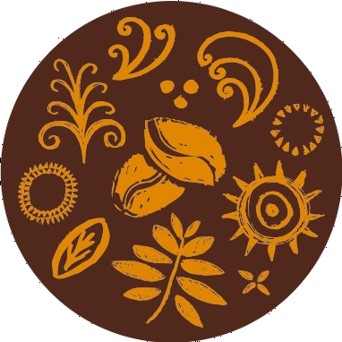Nestlé has announced bold plans to reach into 120,000 villages in India in the next two to three years. The Swiss giant estimates that the average size of the target villages is 5,000 people and that, if successful, it can reach another 600m people. Nestlé’s learnings will undoubtedly help inform the next generation of its Africa market growth strategy.
Nestlé plans to reach these new customers with investment in distribution expansion and product portfolio changes to create products that appeal to rural consumers, at the right price point. Its marketing strategy will also become more geared towards rural consumers.
Nestlé still derives one third of its revenues in India from the largest tier of cities and that market will remain important. However, it has noted that rural and semi-urban areas have shown a greater resilience against the COVID-19 pandemic.
In African markets, Nestlé has yet to really penetrate rural markets properly, although its Milo, Nido and Maggi brands are benchmark products in many countries, with wide distribution.
In DRC, Nestlé built a new $43 factory in 2011 to produce products locally and be more responsive to local tastes. It bet heavily on selling through wholesalers, tried to keep pricing consistent and low and sought to improve access by (female) tabletop sellers to its products (primarily its Maggi stock cube range). At the beginning of this process, sales of Maggi in DRC were only at the levels of the much smaller Republic of Congo. By 2014, Nestlé was using its DRC model as a template to follow in other markets. In 2017, Nestlé announced the closure of its new factory in Kinshasa, which only employed 120 people and never reached scale.
In Zimbabwe, Nestlé is looking at transforming the local value chain, looking at its route to market in rural areas and how it can empower communities and female entrepreneurs to help its business grow. Two key programmes for Nestlé are Nestlé Dairy Empowerment Scheme (NDES) and MyOwnBusiness (MYOWBU). NDES for commercial farmers started in 2011. In 2015 the scheme was rolled to small-scale farmers. Nestlé Zimbabwe trains local farmers on milk production, agripreneurship, and assists them to establish low-cost, low input, sustainable dairy farms. The scheme has so far worked with 54 farmers. MyOwnBusiness (MYOWBU), which helps empower female entrepreneurs to run their own businesses and become sub-distributors for Nestlé. The scheme has so far worked with 60 entrepreneurs.
Across Africa, the urbanisation rate was 42.7%, but this varies from 13.7% in Burundi to 79.4% in Algeria. Between 2020 and 2050, the urbanisation rate will increase from to 57.7%, creating an additional 894m urban consumers and an overall urban market of 1,477m consumers. This is the prime market brand owners, distributors and retailers are targeting, holding the wealthiest and the most accessible customers, and where competition is most intense.
Over the same period, the rural population will grow from 782m to 1,083m consumers. A far smaller increase. But within a decade, Africa’s rural population will be larger than India’s rural population. In Ethiopia alone there are 100m rural consumers today. In Nigeria the rural population will exceed 100m by 2030. In DRC it is over 60m today. In Egypt the rural population is over 50m already and will continue to grow through to 2050. In Tanzania and Uganda the rural population will pass through 50m in late 2021. Kenya’s rural population will exceed 50m by 2045.
Together, the seven markets account for more than half of the entire rural population of Africa. In fact, their share of Africa’s rural population will remain little changed through to 2050.
The route to market for rural retail is complex, unreliable and often involves a long value chain of regional distributors, wholesalers, sub wholesalers and even sub-sub wholesalers. Several disruptors, including Copia and Twiga (both in Kenya) and Egypt’s MaxAB are looking to transform the supply chain to rural retailers through the use of a digital ordering platform, cost effective delivery and self-employed agents who receive and manage the orders.
Building these networks is a time-intensive process that will inevitably see the most focus on the largest markets. The question for Nestlé, which could equally be applied to P&G, Unilever, Tiger Brands, Reckitt Benckiser, Danone, Kellogg’s, GB Foods and several other brand owners with substantial mass market portfolios is how quickly they will adapt their route to market strategies to include rural consumers.
The Nestlé model in India does not replace the use of distributors (although it may involve some direct distribution). As much as anything, it is a question of how the distribution model changes, the inclusion of more affordable products (which probably means locally manufactured) and a fundamental shift in how to communicate more coherently and directly with rural consumers.










